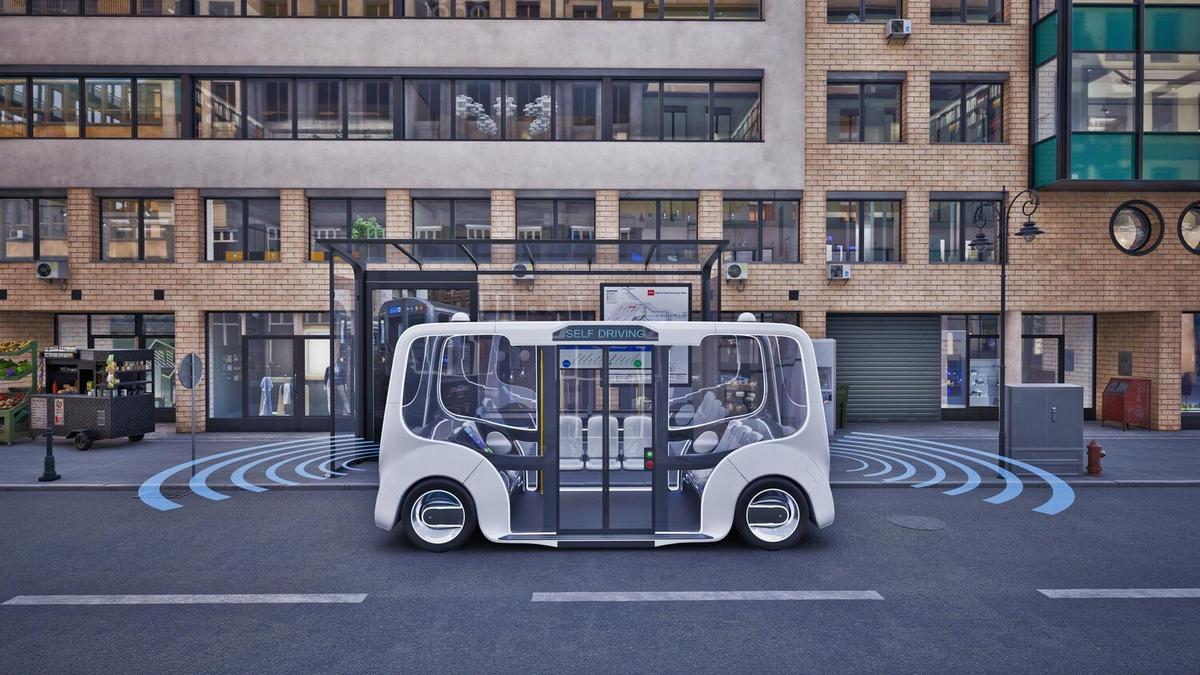
The Future of In-Car Entertainment Systems
As vehicles become increasingly sophisticated, the in-car entertainment systems of tomorrow promise to redefine how we experience travel. With technological advancements accelerating, these systems are set to transform our cars into multimedia hubs on wheels.
Exploring the Future of In-Car Entertainment Systems
In-car entertainment systems have come a long way from simple radio and CD players. Today, they integrate advanced features such as streaming services, virtual reality (VR), and augmented reality (AR) to enhance the driving and passenger experience. As automakers and tech companies collaborate, the future of these systems looks promising.
Expert Insights
According to a report by MarketsandMarkets, the global in-car entertainment market is expected to grow from $24.3 billion in 2020 to $37.6 billion by 2025. This growth highlights the increasing demand for advanced entertainment solutions in vehicles. Industry experts suggest that the integration of AI and machine learning will further personalize and enhance user experiences.
Technological Advancements
Some of the most exciting advancements include the integration of VR and AR, which can transform the way passengers interact with their environment. Imagine a road trip where passengers can explore virtual landscapes while still in the car. These technologies are not only entertaining but also educational, offering passengers the chance to learn about their surroundings in real-time.
Real-Life Examples
Consider a family on a long road trip. While the driver focuses on the road, passengers can engage in immersive experiences, such as participating in virtual tours of landmarks they pass by. Such features can make travel more enjoyable for everyone, especially on lengthy journeys.
Actionable Tips for Consumers
- Research the latest in-car entertainment options before purchasing a new vehicle.
- Consider the compatibility of these systems with your mobile devices.
- Explore subscription packages that offer a variety of entertainment options.
Comparing Features
| Feature | Traditional Systems | Future Systems |
|---|---|---|
| Audio Options | Radio/CD | Streaming Services |
| Display | Basic Screen | Touchscreen/AR |
| Interactivity | Limited | AI/Voice Commands |
| Customization | Minimal | Highly Personalized |
| Connectivity | Bluethooth | 5G/IoT |
| Entertainment | Music/Radio | VR/AR Experiences |
| Navigation | Basic GPS | Integrated Smart Maps |
| Safety Features | Standard | Enhanced with AI |
FAQs on In-Car Entertainment Systems
What are some of the latest features in in-car entertainment systems?
The latest features include VR and AR capabilities, streaming services, AI integration, and advanced connectivity options like 5G and IoT.
How can I ensure my in-car entertainment system is secure?
Regularly update your system’s software and firmware, and ensure any connected devices have proper security measures in place.
Are these systems compatible with all vehicles?
While many systems are designed to be compatible with a wide range of vehicles, it’s best to check with the manufacturer or dealer for specific compatibility information.
Conclusion
The future of in-car entertainment systems is bright, with innovations that promise to make travel more engaging and enjoyable. By staying informed about the latest advancements and options, consumers can ensure they make the most of these evolving technologies. As we drive into the future, these systems will undoubtedly play a significant role in shaping our journeys.


